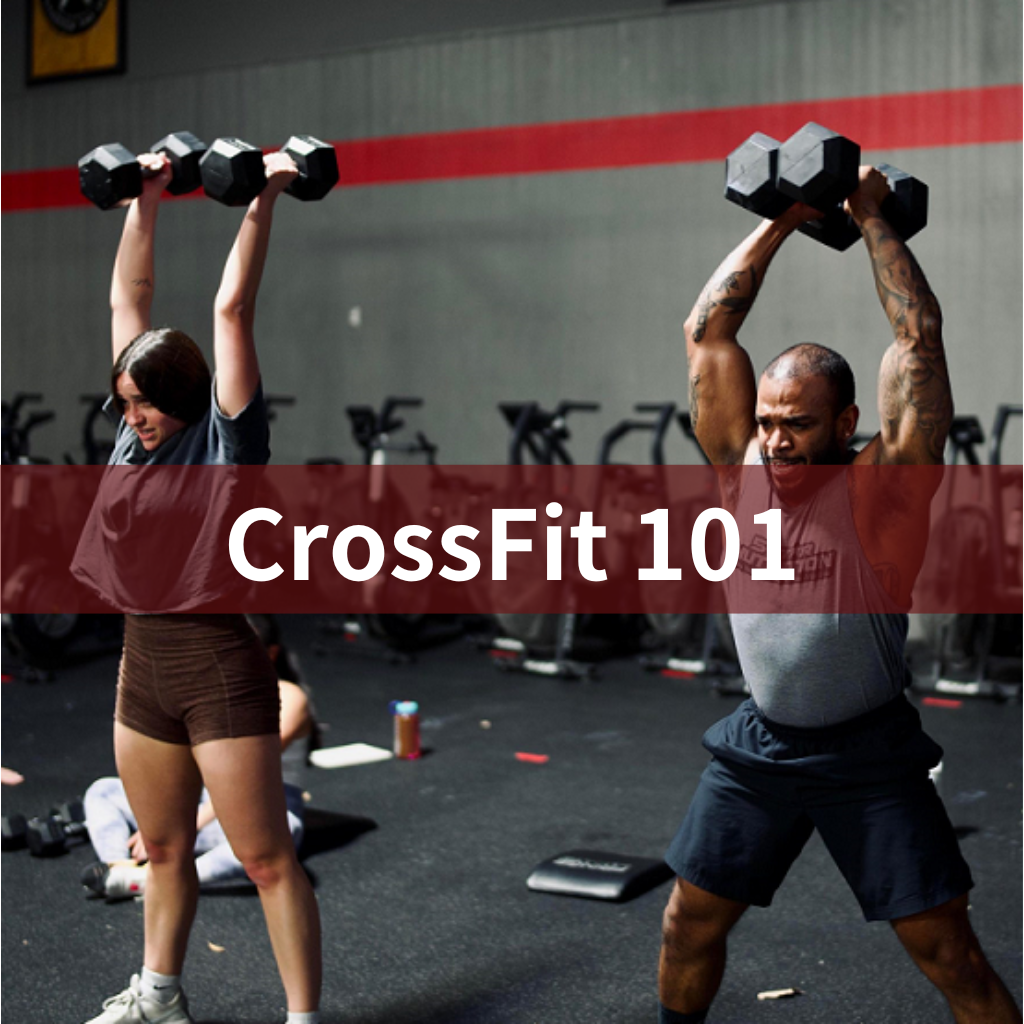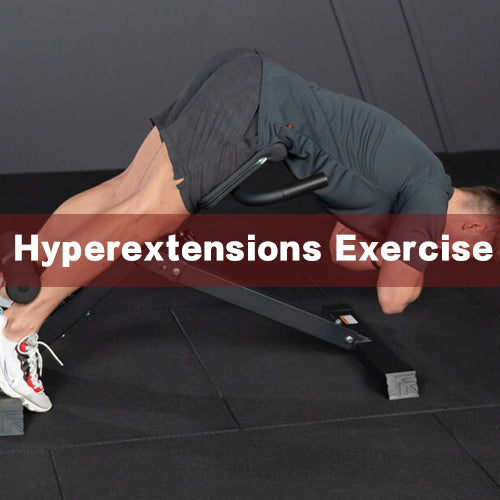Have you ever wondered if there’s a single exercise that can deliver incredible strength gains, sculpt your legs, and carve out a rock-solid core all at once? You might think it's a myth, a unicorn in the world of fitness. But what if I told you that such an exercise does exist? Enter the Stiff-Leg Deadlift—an underrated powerhouse that could be the missing link in your workout routine.
Table of content
The Stiff-Leg Deadlift: What’s the Big Deal?

At first glance, the Stiff-Leg Deadlift might look like just another variation of the deadlift, but don’t be fooled. This exercise isn’t just about picking up a barbell. It’s about targeting those hard-to-reach muscles that most other lifts barely touch. We're talking about the hamstrings, glutes, and the often-neglected lower back.
Imagine this: You’re standing tall, gripping the barbell, your feet planted firmly on the ground. With each descent, you feel the tension building in your hamstrings—a sensation that tells you you’re working muscles you didn’t even know you had. Then, as you rise back up, you unleash the power of your glutes and lower back, driving the barbell upward with controlled precision. It’s a symphony of strength, and you’re the conductor.
Stiff Leg Deadlift Muscles Worked

To truly appreciate the stiff leg deadlift, we need to understand the muscular orchestra it conducts. Imagine your lower body as a complex machine, with the stiff leg deadlift engaging multiple muscle groups in a coordinated effort:
- Hamstrings: The primary targets of this exercise, your hamstrings work eccentrically as you lower the weight and concentrically as you lift.
- Erector Spinae: These lower back muscles work isometrically to maintain your spine's position throughout the movement.
- Gluteus Maximus: Your glutes engage to extend your hips as you return to the starting position.
- Core Muscles: Your abdominals and obliques work to stabilize your spine throughout the exercise.
- Trapezius and Rhomboids: These upper back muscles work to keep your shoulder blades retracted.
- Forearms: Your grip muscles get a significant workout holding onto the bar throughout the movement.
How to Do Stiff Leg Deadlift?
So, how do you perform the Stiff-Leg Deadlift with the precision of a seasoned lifter? It all starts with form—because form is everything in this exercise. Let’s break it down:

The Setup:
- Stand with your feet hip-width apart, toes pointing forward.
- Hold the barbell with an overhand grip, hands slightly wider than shoulder-width apart.
- Keep your legs straight but not locked—there should be a slight bend in your knees.
The Descent:
- Begin by hinging at the hips, pushing them backward as you lower the barbell towards the floor.
- Keep your back flat and your chest up, maintaining a neutral spine throughout the movement.
- Lower the barbell until you feel a stretch in your hamstrings—this is where the magic happens.
The Ascent:
- Engage your hamstrings and glutes to pull the barbell back up to the starting position.
- Keep the bar close to your body, and avoid rounding your back.
- Squeeze your glutes at the top of the movement, standing tall and proud.
Breathing:
- Inhale as you lower the barbell, filling your lungs and bracing your core.
- Exhale as you lift, using your breath to power the movement.
Key Points for Perfect Form:
- Maintain a neutral spine throughout the movement
- Keep your shoulders back and chest up
- Don't round your lower back
- Keep the bar close to your legs
- Breathe steadily: inhale as you lower, exhale as you lift
Why You Need the Stiff-Leg Deadlift in Your Life
Let’s cut to the chase—why should you care about the Stiff-Leg Deadlift? Here’s why:
- Hamstring Development: The stiff leg deadlift is one of the most effective exercises for building hamstring strength and size.
- Lower Back Strength: By maintaining a neutral spine against resistance, you develop stronger, more resilient lower back muscles.
- Improved Posture: Strengthening the posterior chain can help counteract the effects of prolonged sitting and improve overall posture.
- Enhanced Flexibility: The deep stretch in the hamstrings can improve flexibility over time, potentially reducing the risk of injury.
- Increased Hip Mobility: The hip hinge movement pattern improves hip mobility, which is crucial for many athletic movements.
- Core Strengthening: Maintaining a stable spine throughout the movement engages and strengthens your core muscles.
- Grip Strength: Holding heavy weights for multiple repetitions significantly improves grip strength.
- Improved Athletic Performance: The stiff leg deadlift translates well to many athletic movements, potentially enhancing overall sports performance.
Variations to Keep Things Interesting
Once you’ve mastered the standard Stiff-Leg Deadlift, why not mix it up? Here are some variations to keep your workouts fresh and challenging:
1.Dumbbell Stiff-Leg Deadlift

Swap the barbell for dumbbells. This variation allows for greater range of motion and can be easier on the wrists.
2.Kettlebell Stiff Leg Deadlift

The unique shape of the kettlebell changes the center of gravity, adding a new challenge to the movement.
3.Single-Leg Stiff-Leg Deadlift

This unilateral version targets each leg individually, improving balance and coordination while eliminating any strength imbalances.
4.Deficit Stiff-Leg Deadlift

Stand on a raised platform to increase the range of motion. This variation intensifies the stretch on your hamstrings, making the exercise even more effective.
6.Banded Stiff Leg Deadlift

Adding resistance bands to the barbell creates variable resistance throughout the movement.
Common Mistakes to Avoid
Even experienced lifters can fall prey to form errors in the stiff leg deadlift. Let's identify some common pitfalls and learn how to steer clear of them:
- Rounding the Back: Maintain a neutral spine throughout the movement. Imagine your back as a straight rod from your head to your tailbone.
- Locking the Knees: Keep a slight bend in your knees to protect them and allow for proper hip hinge.
- Lowering the Weight Too Far: Only lower the weight as far as you can while maintaining a neutral spine and feeling a stretch in your hamstrings.
- Letting the Bar Drift Away from Your Legs: Keep the bar close to your legs throughout the movement for optimal leverage and safety.
- Neglecting the Hip Hinge: The movement should come primarily from hinging at the hips, not bending at the waist.
- Using Too Much Weight: Start light to master the form before progressing to heavier weights.
Stiff Leg Deadlift Alternatives
1.Romanian Deadlift (RDL)

Why It’s a Great Alternative: The RDL is very similar to the SLDL but with a slight bend in the knees, making it easier on the lower back. It focuses on the hamstrings and glutes while allowing for better control of the movement.
2.Good Mornings

Why It’s a Great Alternative: Good Mornings emphasize the hip hinge movement, similar to the SLDL, and primarily target the hamstrings, glutes, and lower back. They also help improve flexibility and strength in the posterior chain.
3.Glute Ham Raise

Why It’s a Great Alternative: This exercise targets the hamstrings and glutes while also engaging the lower back. It’s an excellent bodyweight alternative that can be done on a glute-ham developer (GHD) machine.
4.Nordic Hamstring Curl

Why It’s a Great Alternative: The Nordic Hamstring Curl is a bodyweight exercise that intensely targets the hamstrings, providing a powerful alternative to the SLDL, especially for those focusing on hamstring strength and injury prevention.
5.Hip Thrusts

Why It’s a Great Alternative: While more glute-focused, hip thrusts also engage the hamstrings and lower back. They’re a great option if you want to build strong glutes while still working the posterior chain.
6.Hyperextension

Why It’s a Great Alternative: Back extensions focus on the lower back, glutes, and hamstrings, similar to the SLDL, but with less strain on the spine. It’s a safer alternative for those with lower back concerns.
Building the Ultimate Leg Day Routine
The Stiff-Leg Deadlift is powerful, but pairing it with other exercises can help you build an unstoppable leg day routine. Here’s a sample workout that will leave your legs trembling—in the best way possible:
Warm-Up:
5-10 minutes of light cardio (e.g., cycling, jumping jacks)
Dynamic stretching focusing on the hamstrings, glutes, and lower back
Workout:
- Stiff-Leg Deadlift: 4 sets of 8-10 reps
- Squats: 4 sets of 6-8 reps
- Lunges: 3 sets of 12 reps per leg
- Leg Curls: 3 sets of 10-12 reps
- Calf Raises: 4 sets of 15-20 reps
Cool Down:
5-10 minutes of static stretching focusing on the hamstrings, glutes, and lower back
Stiff Leg Deadlift Vs RDL
Both the Stiff-Leg Deadlift (SLDL) and Romanian Deadlift (RDL) are fantastic exercises for targeting the posterior chain, particularly the hamstrings and glutes. However, they differ in execution and muscle emphasis.

Stiff-Leg Deadlift (SLDL):
Knee Position: The knees remain almost straight (but not locked) throughout the movement, leading to a greater stretch in the hamstrings.
Range of Motion: The barbell is lowered further down, often to the floor, increasing the stretch on the hamstrings.
Back Engagement: The lower back takes on more stress due to the extended range of motion, making the SLDL more challenging on the spine.
Romanian Deadlift (RDL):
Knee Position: The knees are slightly bent and remain in a fixed position throughout the lift, allowing for more control and a focus on the hip hinge.
Range of Motion: The barbell is lowered only to about mid-shin or just below the knees, focusing more on the glutes and hamstrings while protecting the lower back.
Back Engagement: The RDL places less strain on the lower back compared to the SLDL, making it a safer option for those concerned about back issues.
The SLDL provides a deeper stretch and is more intense on the hamstrings and lower back, while the RDL is more controlled, focusing on the glutes and hamstrings with less stress on the spine. Both exercises are excellent, but your choice should depend on your goals and comfort level.
FAQs
Are stiff leg deadlifts suitable for beginners?
While beginners can perform stiff leg deadlifts, it's essential to start with lighter weights and focus on proper form. Gradually increase the weight and reps as you get stronger.
Can I do stiff leg deadlifts with dumbbells or a barbell?
Both dumbbells and barbells can be used for stiff leg deadlifts. The choice often depends on personal preference and equipment availability.
How often should I do stiff leg deadlifts?
Aim for 2-3 times per week as part of your lower body workout routine.
Can I do stiff leg deadlifts if I have back pain?
If you have back pain, consult with a healthcare professional before attempting stiff leg deadlifts. Proper form and gradual progression are crucial to prevent further injury.
What are some common mistakes to avoid during stiff leg deadlifts?
- Rounding the back: Maintain a flat back throughout the movement to protect your spine.
- Locking the knees: Keep a slight bend in your knees to avoid excessive strain on the joints.
- Using momentum: Focus on controlled movements and avoid swinging the weight.
How can I incorporate stiff leg deadlifts into my workout routine?
Stiff leg deadlifts can be paired with other lower body exercises like squats, lunges, and calf raises for a well-rounded workout. Consider including them in your leg day routine.
Conclusion: Don’t Miss Out on the Stiff-Leg Deadlift
So, are you ready to unlock the power of the Stiff-Leg Deadlift? This exercise isn’t just a “nice-to-have”—it’s a must-have in any serious fitness routine. Whether you’re looking to build strength, sculpt your legs, or improve your overall performance, the Stiff-Leg Deadlift delivers results.
Don’t let this powerhouse exercise slip through the cracks of your training. Grab that barbell, perfect your form, and watch as your strength and muscle gains soar to new heights. The Stiff-Leg Deadlift is waiting—are you ready to take on the challenge?


